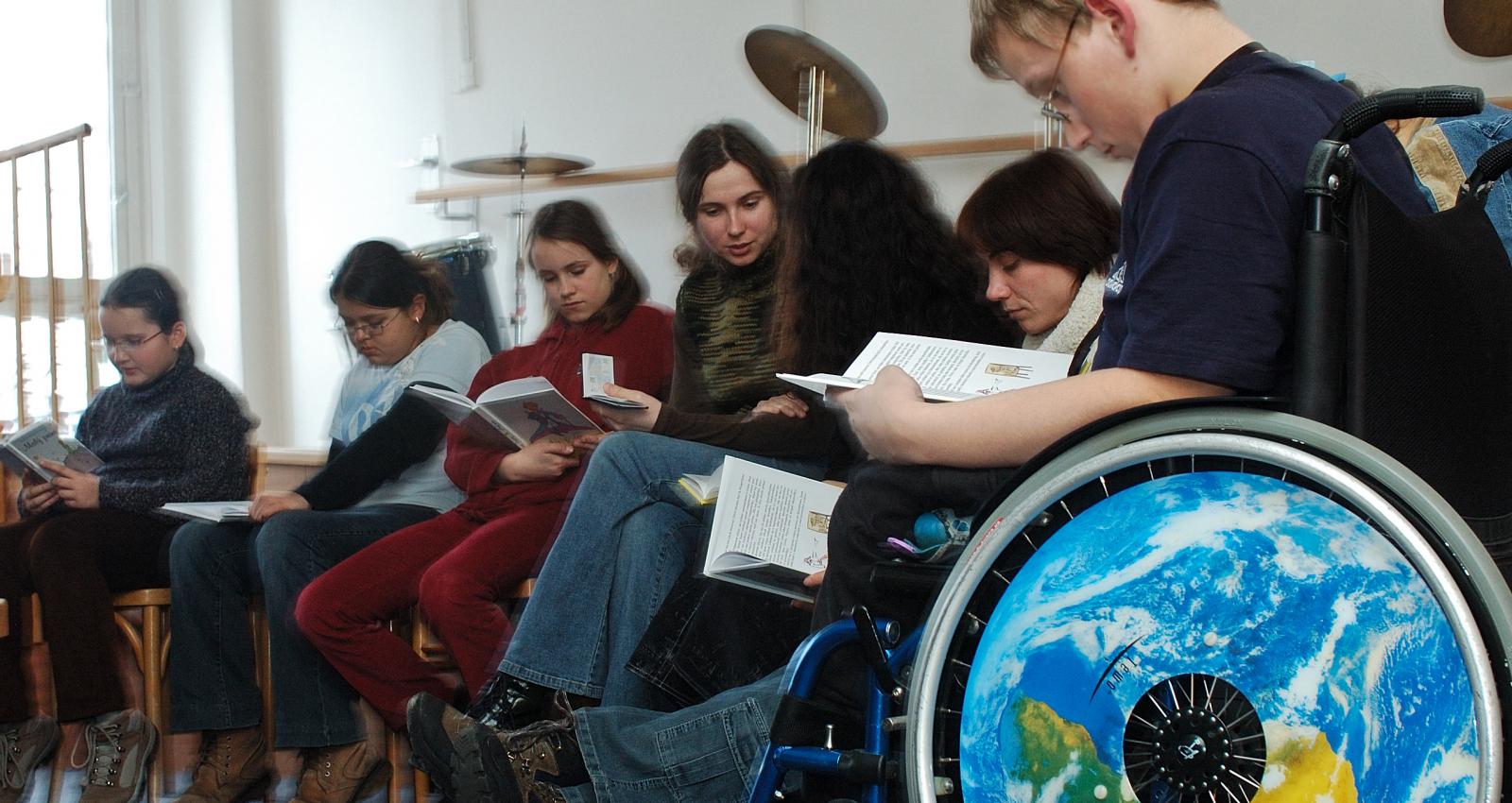Ensuring Equality and Inclusion in Education: What Works to Meet SDG 4.5?
A summary of findings from multiple evaluations of education interventions that promote gender equality and equity for vulnerable groups.
A summary of findings from multiple evaluations of education interventions that promote gender equality and equity for vulnerable groups.
By: Susan Caceres
|
SDG 4 Target 5 |
|
|
By 2030, eliminate gender disparities in education and ensure equal access to all levels of education and vocational training for the vulnerable, including persons with disabilities, indigenous peoples, and children in vulnerable situations. Proposed Indicators for SDG 4 Target 5
|
Ensuring equal access to a high quality education, at all levels, is a proven way to boost economic growth and promote social cohesion. Globally, school enrollment has increased to the extent that there are more children and adolescents today enrolled in pre-primary, primary and secondary education than ever before. However, the most recent data indicates that there are still 263 million children not in school, and the quality of learning for all of those enrolled varies considerably.
The upcoming International Day for Education is an opportunity to assess our progress toward meeting the Sustainable Development Goal (SDG) 4 of a quality education for all. The adoption of the SDGs and the Education 2030 Framework for Action have placed gender parity, equality, and inclusion in education at the core of the international development agenda. These aims are specifically formulated in SDG 4 Target 5. While we have 10 more years to meet the SDG goals, there are considerable gaps in the evidence needed to track and strengthen progress on educational equity.
For this reason, a recent UNESCO report compiled and synthesized evidence about education approaches from publicly available independent evaluations conducted by 13 international organizations, including the evaluation offices of the World Bank Group (IEG), UNESCO, and UNICEF, among others.
The UNESCO-led report Making evaluation work for the achievement of SDG 4 target 5: equality and inclusion in Education analyzed evidence from the various evaluations to highlight evidence gaps and summarize what works for whom and in what contexts for a variety of interventions that are considered critical to advancing both gender equality and equity for vulnerable groups.
Here are some key points from the report :
The report found strong evidence that in addition to boosting school participation among children from poor and vulnerable households, cash transfer programs have the following positive effects:
However, further research is needed to assess the effects that cash transfer programs have on school completion and drop-out rates and the sustainability of these programs once donor funding ends. Qualitative findings suggest unintended consequences arise with these programs such as prompting bullying and jealousy of beneficiaries. There may also be negative effects upon quality of schooling with the sudden increase in enrollment.
Evidence compiled from this report, as well as a recent evaluation conducted by IEG, Selected Drivers of Education Quality: Pre- and In-Service Teacher Training, shows that well designed and well implemented training can be effective in changing teachers’ pedagogical practices and improving student learning. Effective in-service training requires: adequate duration, discipline specificity, active and applied learning based on teachers’ needs and capacity, and follow-up support.
However, evaluations of teacher training are not able to tell us with any rigor whether they improve learning for girls, children with disabilities, indigenous peoples, and children in vulnerable situations because this type of disaggregated data is rarely collected.
There are significant knowledge gaps as to the cost effectiveness and the equity and equality impacts of teacher training programs at the initial stage of teacher preparation and training while employed.
Lastly, we must move beyond gender parity in access to education and focus on other groups, such as disabled students and students from language and ethnic minority groups. We need more precise and differentiated goals and measures in evaluations. Without this level of nuance, we will continue to miss opportunities to effectively target interventions to those most in need, or to measure outcomes for different disadvantaged groups.
Photo credit: Roman Berco Balog / World Bank

Add new comment